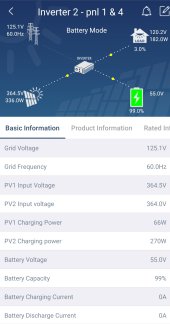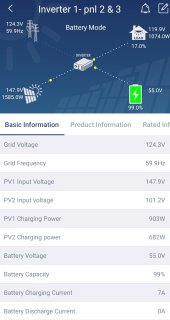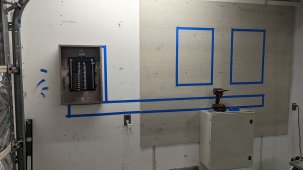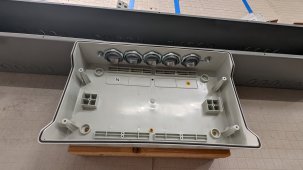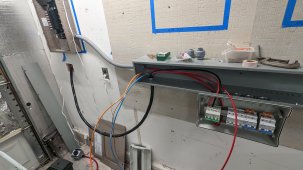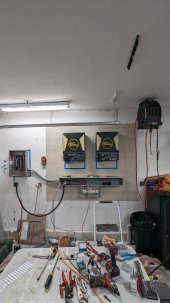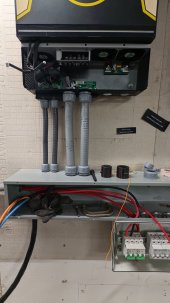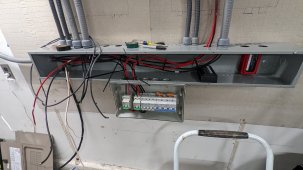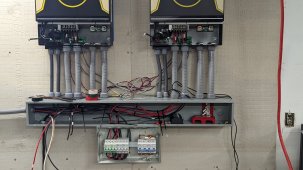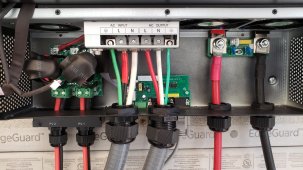I like to tinker so that is a tall order! I have not had more than 2 inverters setup in split phase but I can imagine paralleling inverters causing headaches. My initial install was working fine until I connected solar panels to it... As soon as I did I started getting the random power outages for 3-5 seconds. I flashed the firmware in both inverters (when doing this make sure to disconnect the parallel cable and set both units to default parallel to save yourself issues) disconnected the communication cable from my EG4 Lifepower batteries and set my bulk charge to 57V and float to 56.5V. I then purchased solar assistant (game changer BTW) but still had random power outages. I then removed both N/G bonds (do not recommend if you do not have a N/G bonded sub panel, this causes issues) I have a jumper from Neutral output to ground and the inverters are happy. I have had one power outage in this configuration... It was first thing in the morning, batteries were about 15-20% and I turned on the coffee machine. I have since flashed the firmware in my batteries and connected them to my Raspberry Pi, I have changed my battery voltages to 55.5V bulk and 54V Float. I cannot stress how much solar assistant helps fine tune things. I use Solar assistant to maintain a battery charge rate now depending on the time of day. Learning from my system I built 3 others that are very similar but none of them have solar panels installed yet and none of them are having problems. With all that being said, let me try to simplify (my brain has a hard time with this)
- Powered up system, random flickering lights throughout the house, batteries communicating with inverters and Inv 1 set to EG4
- After hooking up solar panels, experienced random power outages for 3-5 seconds when batteries were at 100% I observed the red fault light on Inverter 1 when it would do this but it would not show a fault code.
- Flashed firmware in both inverters, set battery from EG4 to USER and set charge voltages
- Still experienced flickering lights and power outages arguably less frequent
- removed one N/G bond from Inverter 2
- Fixed my flickering lights, I have only had one power outage that happened around November 30th and batteries were around 15-20%
I have no idea if this is what you were looking for, I'm going to add how I would do it from scratch to avoid some of the issues I ran into in a separate thread. Another bonus using SA is you can change settings much easier from the app compared to the front panel of the inverters.
View attachment 124889View attachment 124890View attachment 124891View attachment 124892View attachment 124893View attachment 124894View attachment 124895View attachment 124896View attachment 124897View attachment 124898



